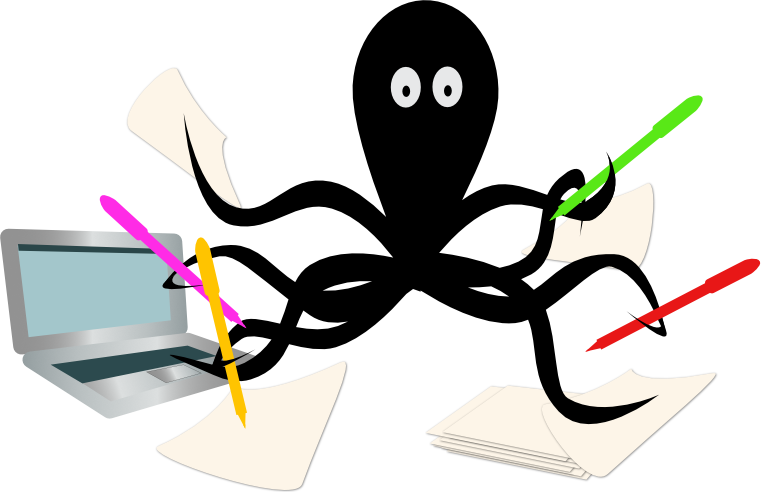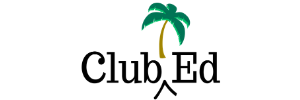How to Read Like an Editor
Book development editors don’t read books the way readers do. To sharpen your developmental editing skills, learn to read like an editor does (instead of the way a reader does). When you’re a reader, you enter the author’s world. You willingly suspend your disbelief in order to experience this world. That doesn’t mean you won’t notice if an author has made some major mistakes, but it does mean that you’re willing to overlook a few leaps in logic, say, or take on faith that Romeo really does love Juliet despite the fact that they just met twelve minutes ago.
In other words, readers tend to indulge authors. They forgive them for unnecessary prologues and pointless dream sequences and the overuse of adverbs. This is why an author who isn’t necessarily the most gifted writer on the planet can still write books that readers love—they overlook the parts that misfire.
But we can’t do that. Our job is to resist the author. Our job is to invoke our disbelief (for a good cause). We’re not letting unnecessary prologues and pointless dream sequences and the overuse of adverbs get past us. We notice them and take issue with them.
When we read, we need to constantly ask ourselves if the author is effective in telling the story. Here are some basic questions we need to ask as we read:
- Is this a type of genre fiction? If so, does it conform to genre requirements/expectations? If it is genre fiction but does not conform to expectations, is the nonconformity a lack of understanding of the genre and the audience, or a deliberate literary effort designed to transform the genre? If the latter, is it effective?
- Are there any holes in this piece? For fiction, that would be anything from a missing piece of the plot to lack of character development.
- Are the characters’ motivations clear and understandable? Are characters consistent in their actions? (If a character wouldn’t steal a quart of milk in Chapter One, but he does in Chapter Five, have convincing motivations occurred that would make this action believable?)
- Is the core conflict compelling? (All fiction is, at heart, about conflict.) Or is it the kind of conflict that could be resolved if one character said to another, “You know, I have an evil twin”?
- Is the setting effectively conveyed? Here we need to be concerned with more than just visual description. Are there sounds and smells? If it’s summer on page 11 and winter on page 12, is this discrepancy explained?
- Does the overall pacing work? For example, if the story is a thriller, is it a fast-paced page-turner?
- Is the point-of-view consistent throughout? For example, if the piece is written in first person, does it include only information that the viewpoint character could know?
- Does the author provide sufficient backstory to explain the characters’ actions without resorting to info-dumping?
- Does the narrative arc reach a satisfying conclusion?
- Overall, does the piece work for its intended audience?
That list may seem a little overwhelming at first and you may not know how to answer some of these questions. That’s okay. Keep in mind that if you’re interested on doing DE work in fiction, you’re probably an avid reader. You already know how frustrating it is when you encounter a plot hole or when a character does something not because the character is the kind of person who would do that thing but because the plot demands it. Bring that sensibility to your work as a DE.
Join the Club!
New to story editing? Begin at the beginning.



